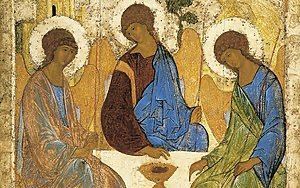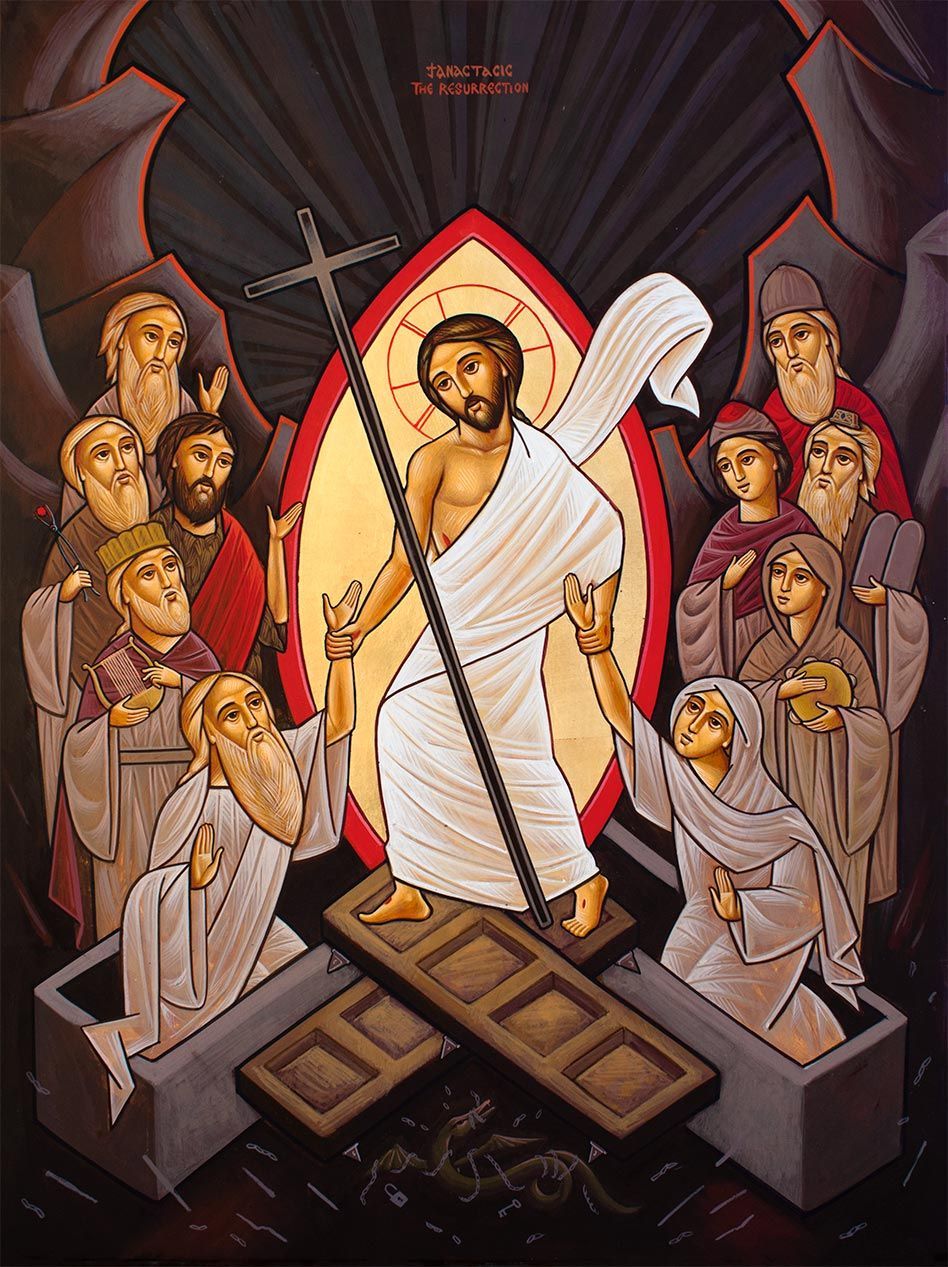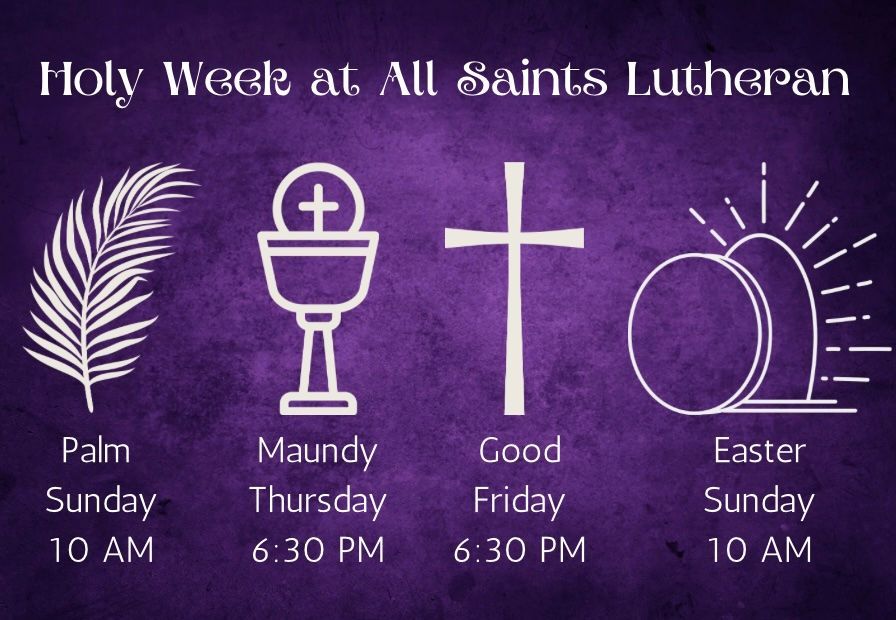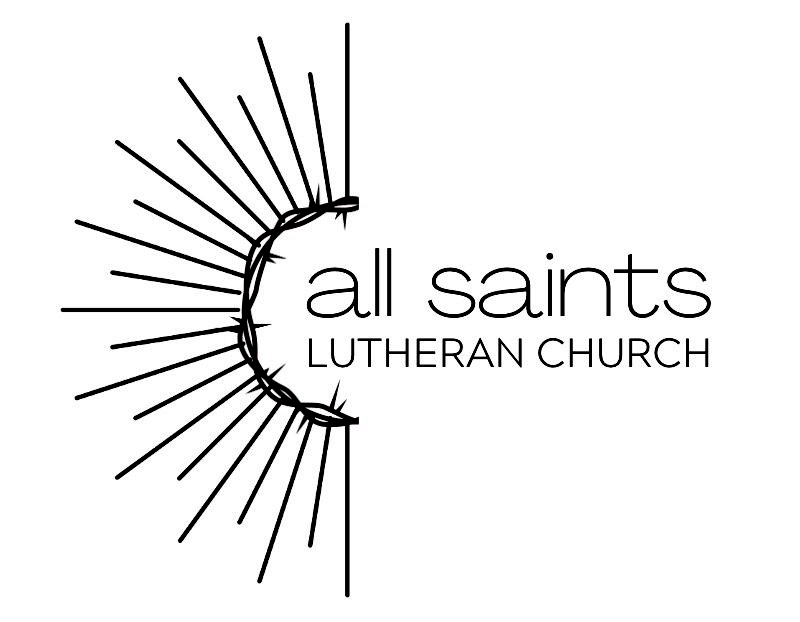Sermon for Easter 5A, May 7, 2023
Please pray with me.
“My Lord God, I have no idea where I am going.
I do not see the road ahead of me.
I cannot know for certain where it will end.
Nor do I really know myself,
and the fact that I think that I am following your will
does not mean that I am actually doing so.
But I believe that the desire to please you
does in fact please you.
And I hope I have that desire in all that I am doing.
I hope that I will never do anything apart from that desire.
And I know that if I do this you will lead me by the right road,
though I may know nothing about it.
Therefore will I trust you always,
though I may seem to be lost
and in the shadow of death.
I will not fear, for you are ever with me,
and you will never leave me to face my perils alone.”
-Thomas Merton, OCSO, (1915-1968)
In this season of Resurrection,
we have heard from many folks
who experienced the Resurrection firsthand.
We heard of the faithful and fearless women
who got up early on the first day of the week
and went to the tomb to care for Jesus’ body
only to find it missing
and an angel in its place.
Then these women go
to find the faithless and fearful men
who are in hiding,
afraid that what happened to Jesus
might happen to them too,
only to be confronted by Mary’s words
and then by Jesus himself
in the nail-pierced flesh.
Then Thomas hears the words
and sees the scarred body
and finds his faith.
We hear of Cleopas and his companion
on the road to Emmaus.
Jesus comes and explains the scriptures to them
and breaks bread with them
and they recognize that they have found him.
We have heard the words of Peter on Pentecost,
seen the Spirit move and gather a community
that centers the most vulnerable
and calls the powerful to the margins.
And then here is Stephen.
He preaches as boldly as Peter
and the crowd doesn’t respond
like the crowd at Pentecost.
Stephen is one of a handful
of Greek-speaking followers of Jesus,
elevated by the Apostles to role of deacon
earlier in chapter 6 of Acts.
As the church grew,
the number of vulnerable persons,
especially widows,
at the center of the community also grew.
The Jewish followers of the way of Jesus
took care of their own
as a matter of religious devotion.
The Apostles had been taking care
of these Gentile widows.
So, in order to tend to the work of the Apostles
the Apostles created the office of deacon
so there were followers dedicated
specifically to this kind of service.
Stephen is an over achiever,
and in addition to feeding hungry widows
he begins preforming miracles.
He is confronted by the Jewish authorities
in Jerusalem,
and Stephen preaches to them.
Needless to say,
Stephen’s message is not well received,
and they begin to stone him to death.
The modern word for this is lynching.
Stephen is lynched
for preaching and practicing his faith,
and mid-lynching
he sees a vision of Heaven opened,
Jesus seated at God’s right hand,
and he absolves his lynch mob
with his dying breath.
Then there is the community
to which the Epistle of I Peter is written.
The Jewish people,
including the Jewish followers of Jesus,
rebel against the Romans,
and when the Romans put down this rebellion,
they destroy the temple
and the Jewish people
are scattered across the known world.
The Epistle of I Peter is written
to a community of Jewish Christians
in diaspora,
in exile,
refugees from their home
and place of worship.
The author of this epistle
tries to comfort this community
by turning the idea of the temple
and the priesthood
inside out.
These followers of Jesus
are themselves living stones
being gathered into a living structure
and built on the foundation of Jesus Christ
where they can intercede for themselves
and each other,
because they have become a royal priesthood
in a living temple.
Some won’t like this idea,
the author says,
but let them go.
Leave that to the Spirit.
Then we come to the gospel,
a familiar passage.
“You believe in God,
now believe in me, too.”
Jesus says,
“I go to prepare a place for you,
and you know how to get there.”
Thomas asks what we are all thinking.
“We have no idea where you’re going,
so, how could we know how to get there?”
Jesus says,
“I am the Way, the Truth, and the Life;
no one comes to the Father
but through me.”
Like those first disciples
we are left with more questions
than answers.
What does it mean
to believe in Jesus
like we believe in God?
Where is Jesus going
to prepare a place for us?
What does it mean
that Jesus is the way, the truth, and the life?
What does it mean
that even being filled with the Spirit,
working miracles,
and feeding widows,
didn’t protect Stephen
from being lynched?
What does it mean
that despite Jesus’s promise to return,
he hasn’t;
and the longer he waits,
the more fractured we become,
the more of our institutions seem to fail us,
the more we seem to feel like refugees
in a hostile land?
What does it mean
that even though we have believed in the resurrection
we still see our loved ones suffer
and we lose them to death?
What does it mean
that even though we have believed in life after death
we still ache with longing
for those who have died?
If Jesus has been raised,
if sin and death have been defeated,
if the gates of hell have been crashed,
then how does believing this seemingly impossible story
change anything,
let alone everything.
The answer,
or at least one approach to it,
lies in Jesus’ promise,
“I am the Way, the Truth, and the Life.”
I am the Way,
Jesus says.
I am the path made by walking.
My whole life,
my whole ministry,
all of my teaching and preaching,
all of my works of power,
have been a road map,
guideposts,
divine GPS
through the wilderness of this life.
That’s why I call you to follow me.
Because I am the way.
I am the Truth,
Jesus says.
I am the embodiment of reality.
I am the union of divinity
and materiality,
source and substance.
I am creation and creator.
I am the one in the beginning with God
and I am God.
I am the face of the invisible One.
In me you have come to know God
and the world
as they really are.
Because I am the Truth.
I am the Life,
says Jesus.
I am consciousness
and I am existence.
I am joy,
I am sorrow.
I am hope,
and I am heartbreak.
I am love
and I am suffering.
I am your life
and the life of God.
I am your death
and the death of God.
I am your experience
and God’s experience.
The place that Jesus is preparing for his disciples then
and his disciples now,
is the cross,
the intersection of great love and great suffering.
There is no way,
no truth,
no life
without it.
We are not called to believe in the resurrection.
We are called to believe in Jesus
and experience the resurrection.
The resurrection calls us back to this life,
not to some far off,
hoped-for future escape from this life
and all of its suffering and death.
Believing in Jesus,
trusting in Jesus,
relying on Jesus,
having faith in Jesus
means following the way,
studying the truth,
and living this life.
The way will lead us through death,
and bring us to resurrection.
The truth will confront us
before it comforts us.
And life will include suffering and death
in addition to love and joy.
We have the benefit of knowing
what Thomas then didn’t know,
of seeing what Philip then couldn’t see.
We know that the way to where Jesus was going
led straight to the cross
and Jesus has prepared a place for us there.
But we also know that this way leads us through death
to resurrection.
We like Stephen
can exhale peace and forgiveness
with our dying breath
because we know that this death is not the end.
We like the community of I Peter
can let go of all the things
we used to do
to make us feel connected to God
and turn to each other.
So don’t let your hearts be troubled.
Follow the way.
Embrace the truth.
Live this life.
Jesus has prepared a cross for you,
that where he goes
you may go also.
And now you know the way.
Amen.








